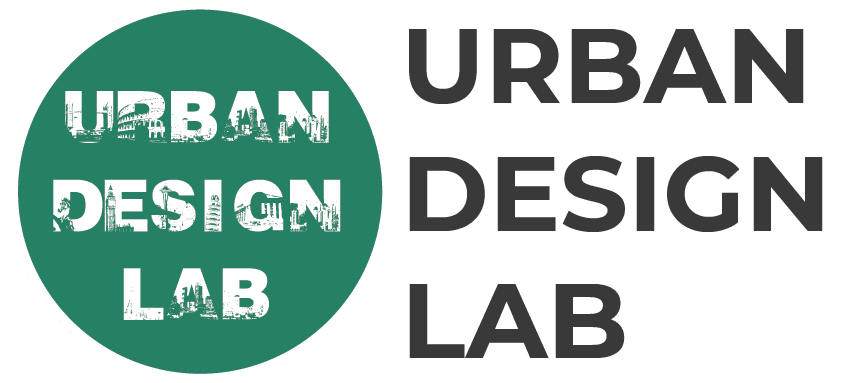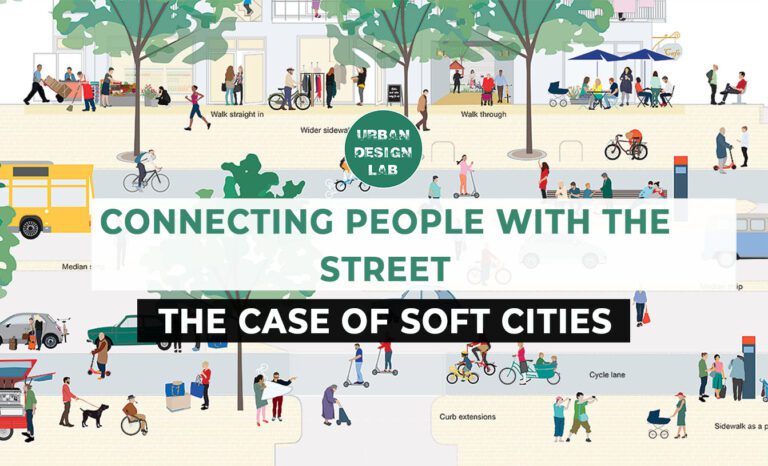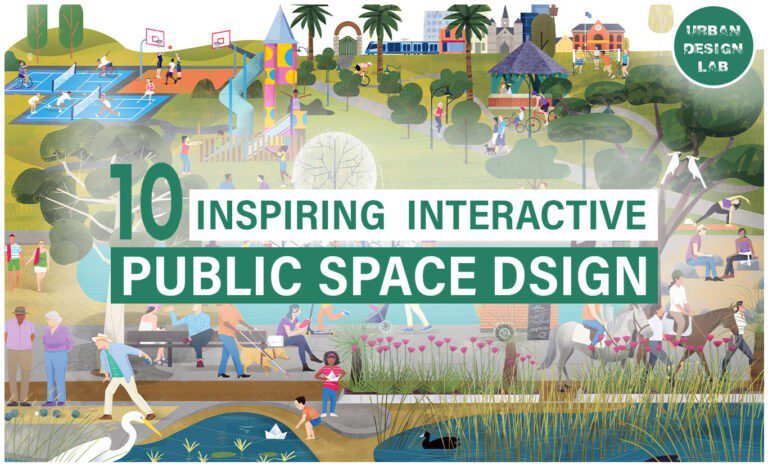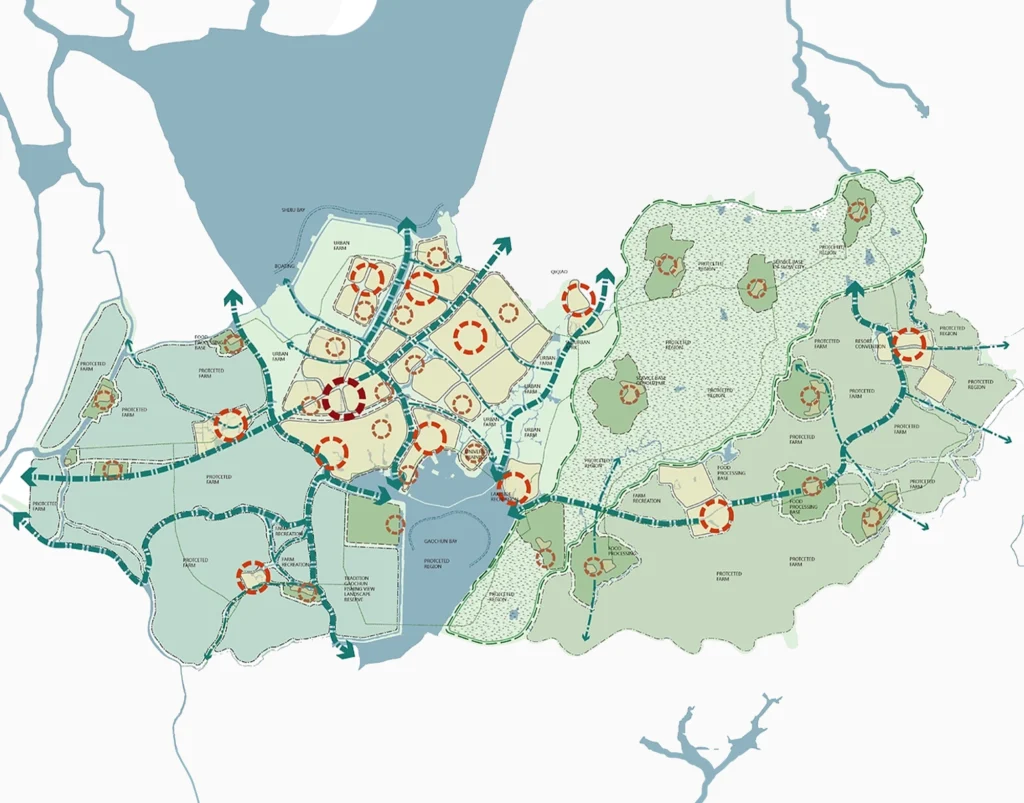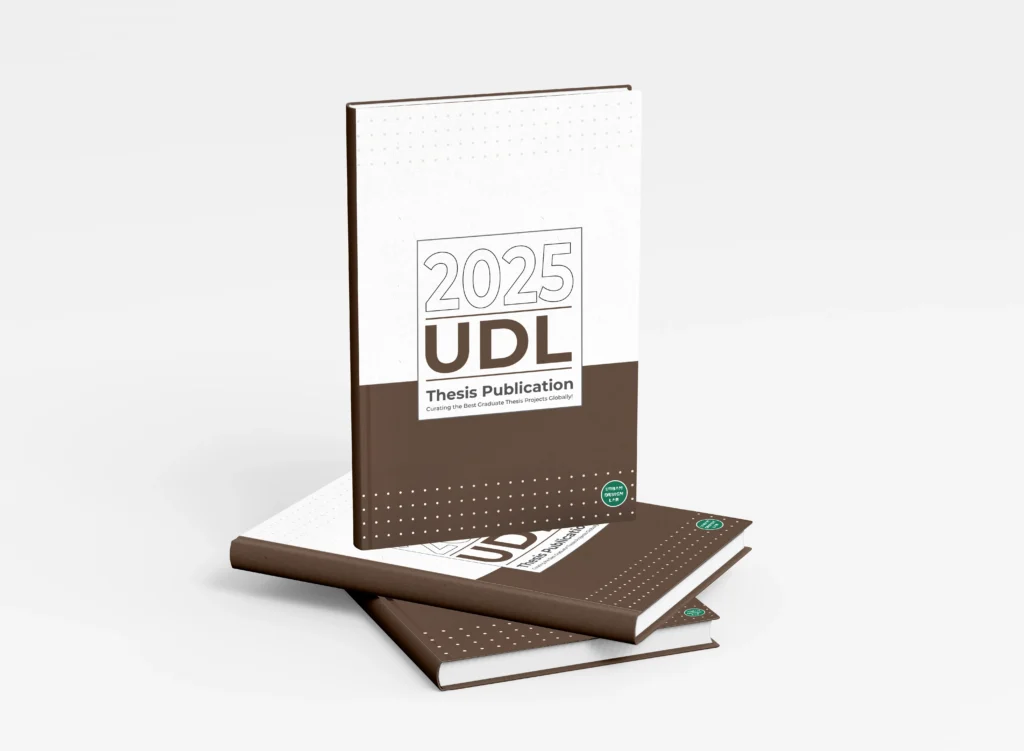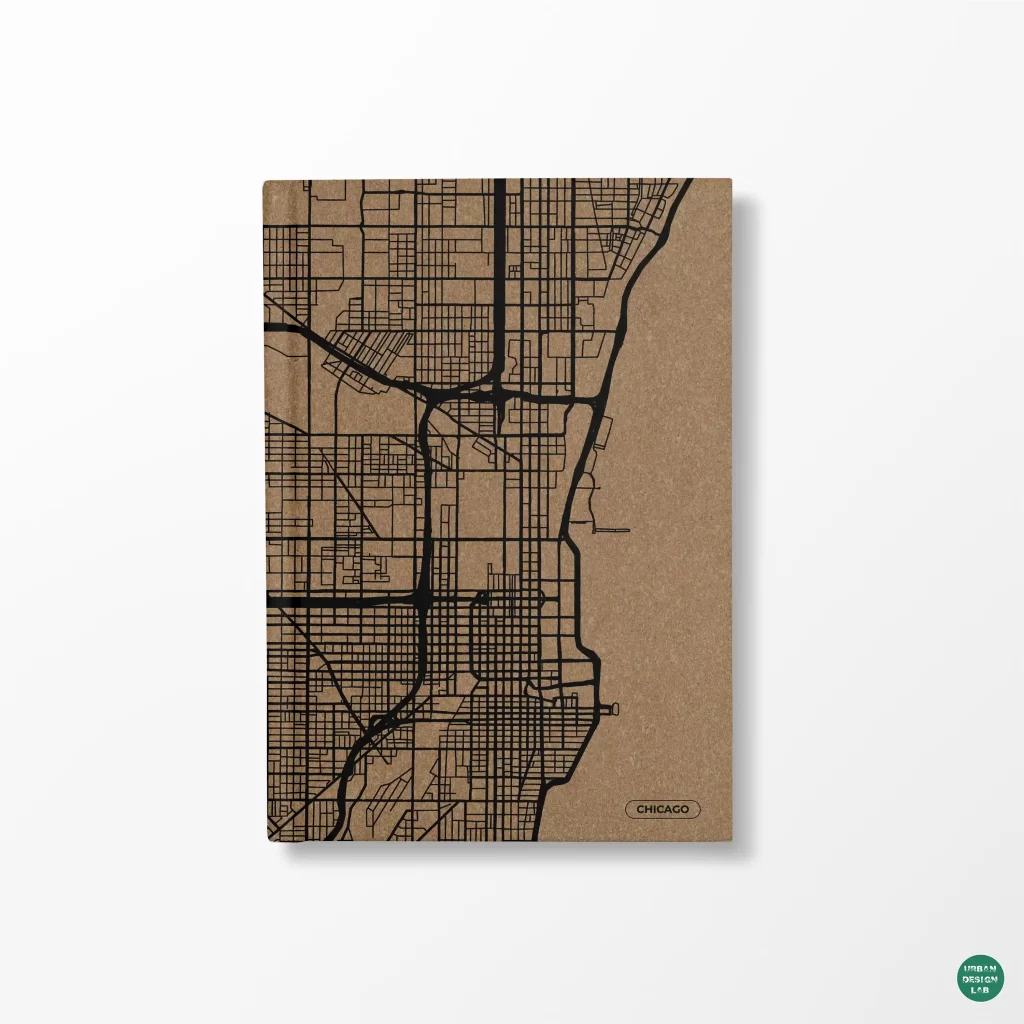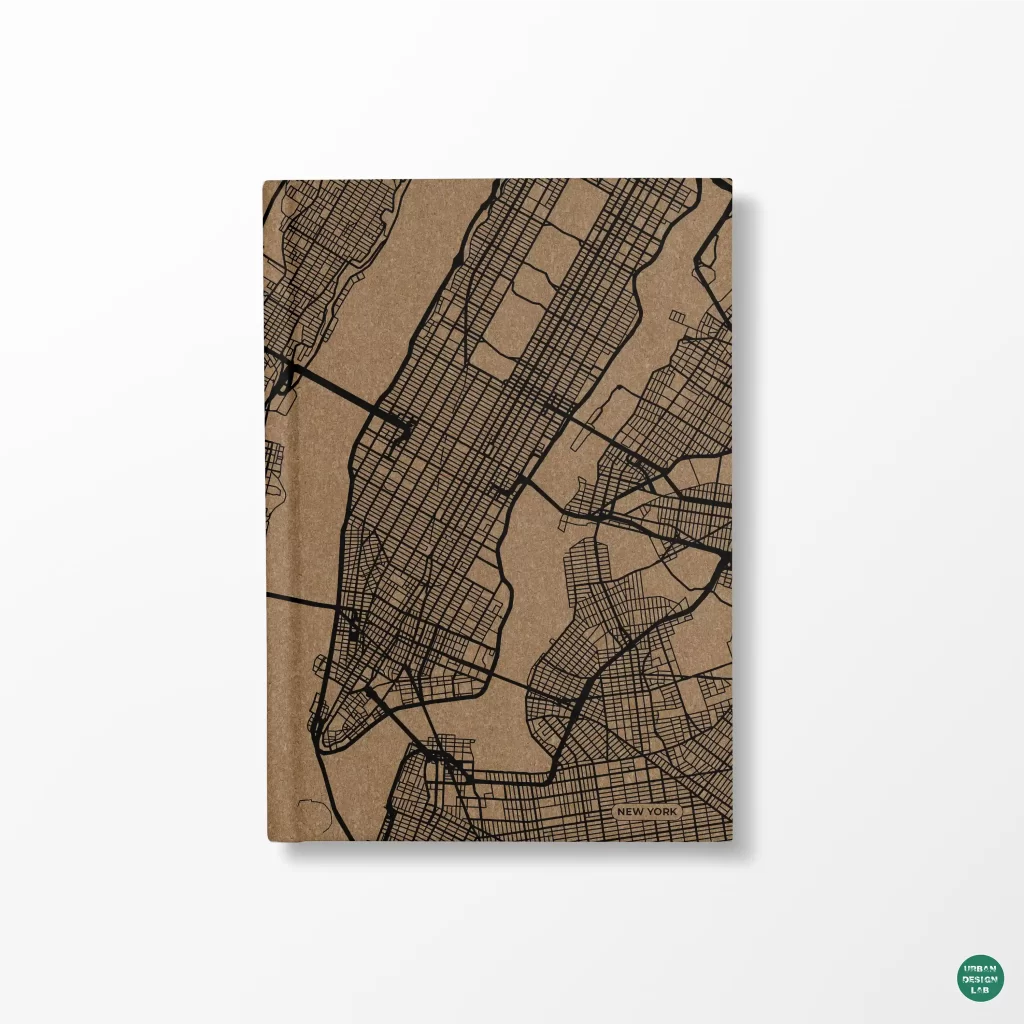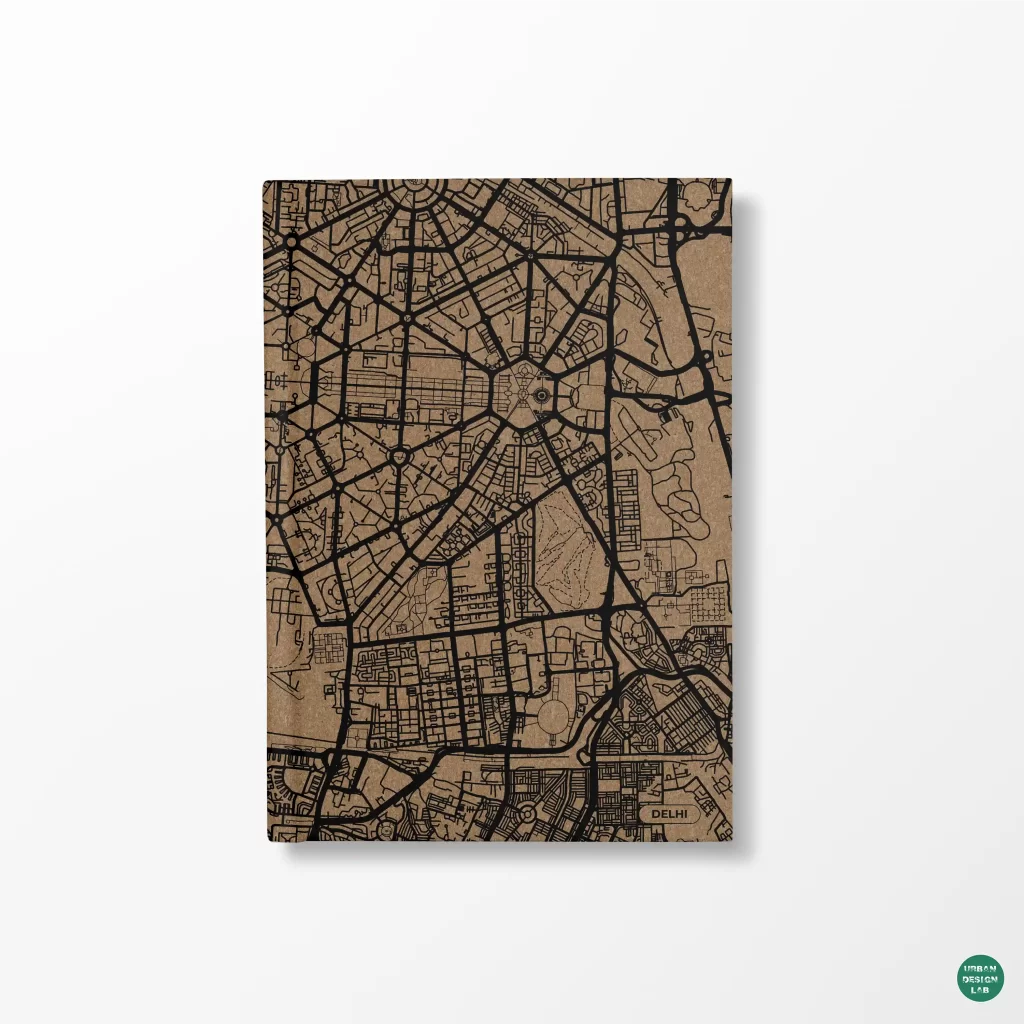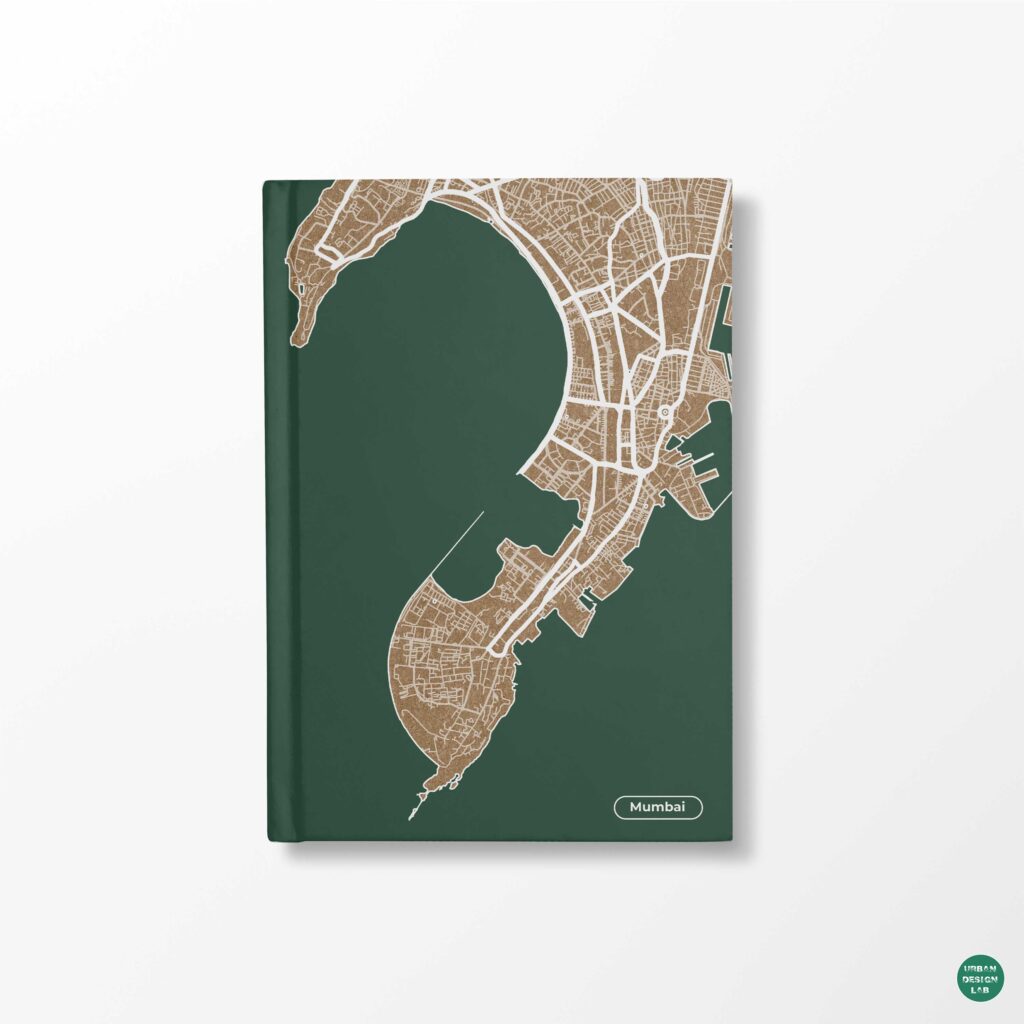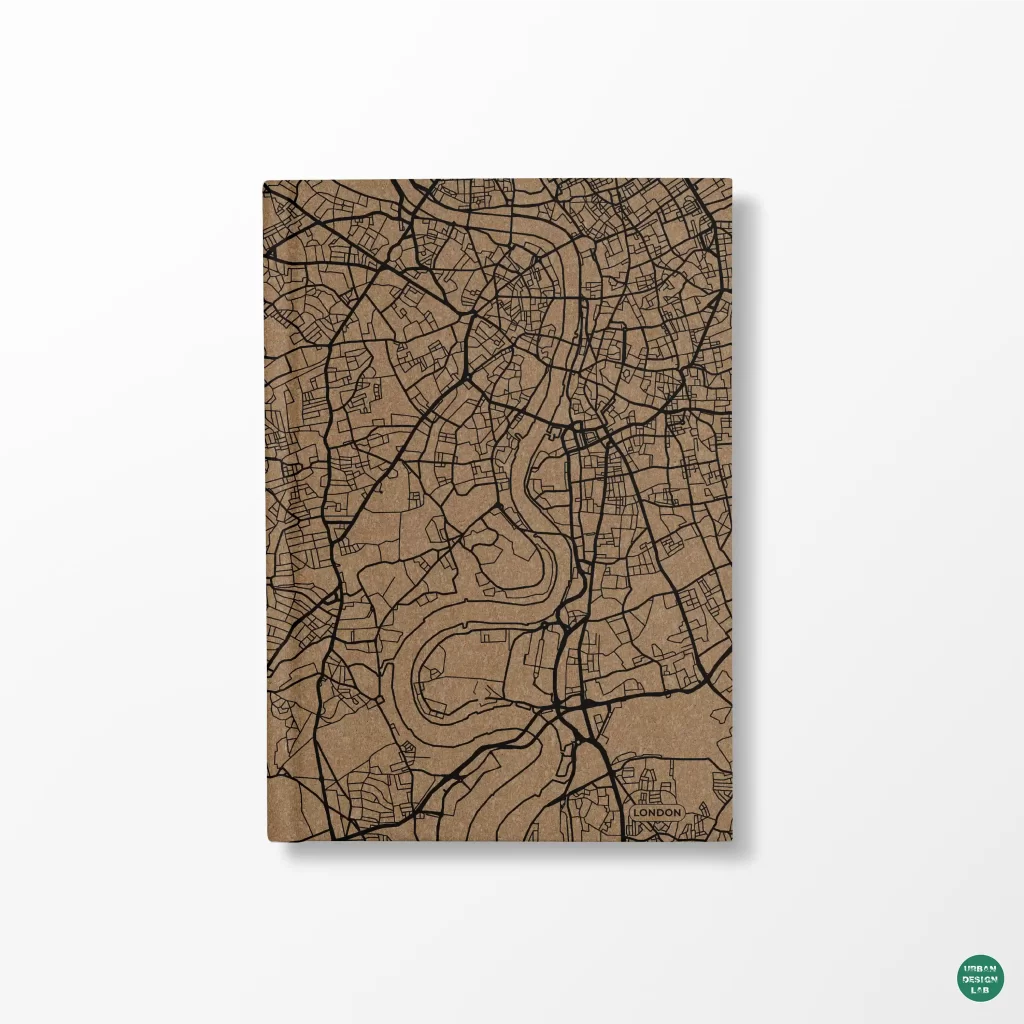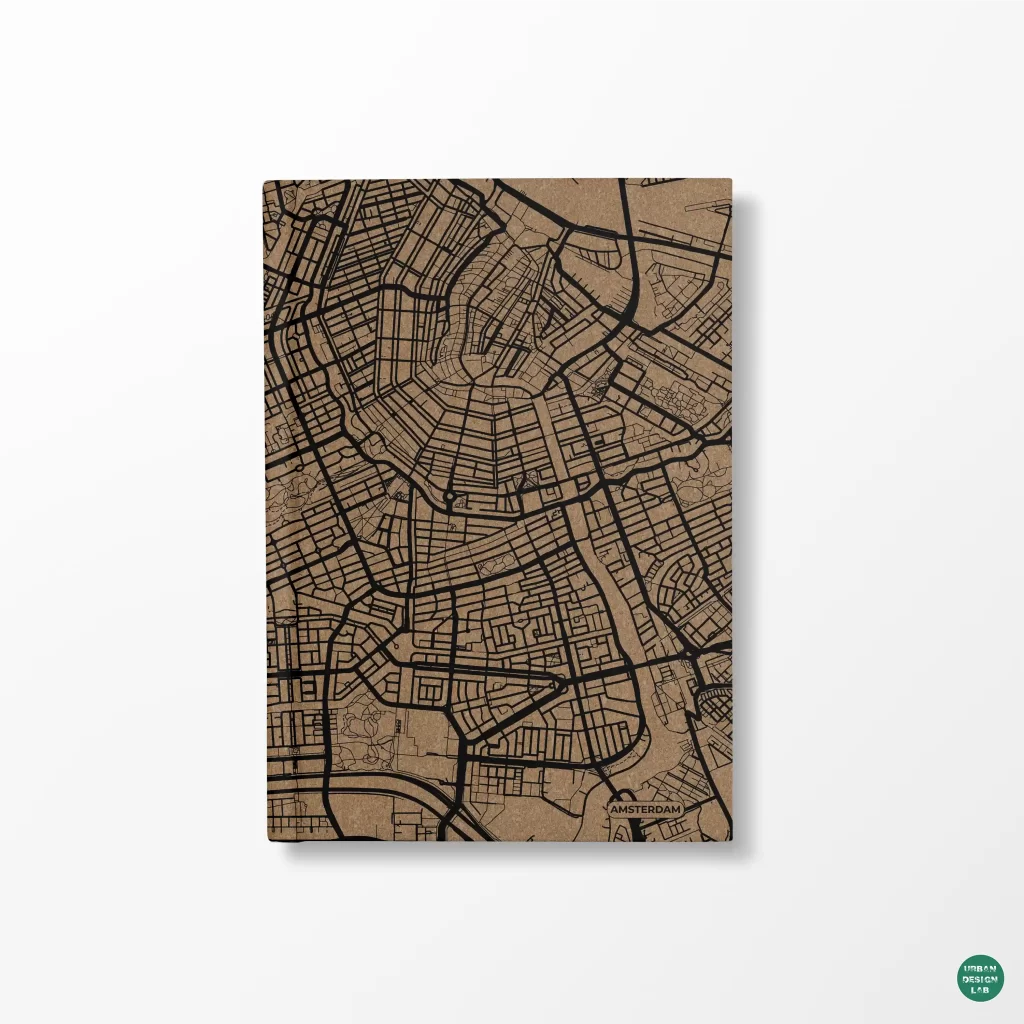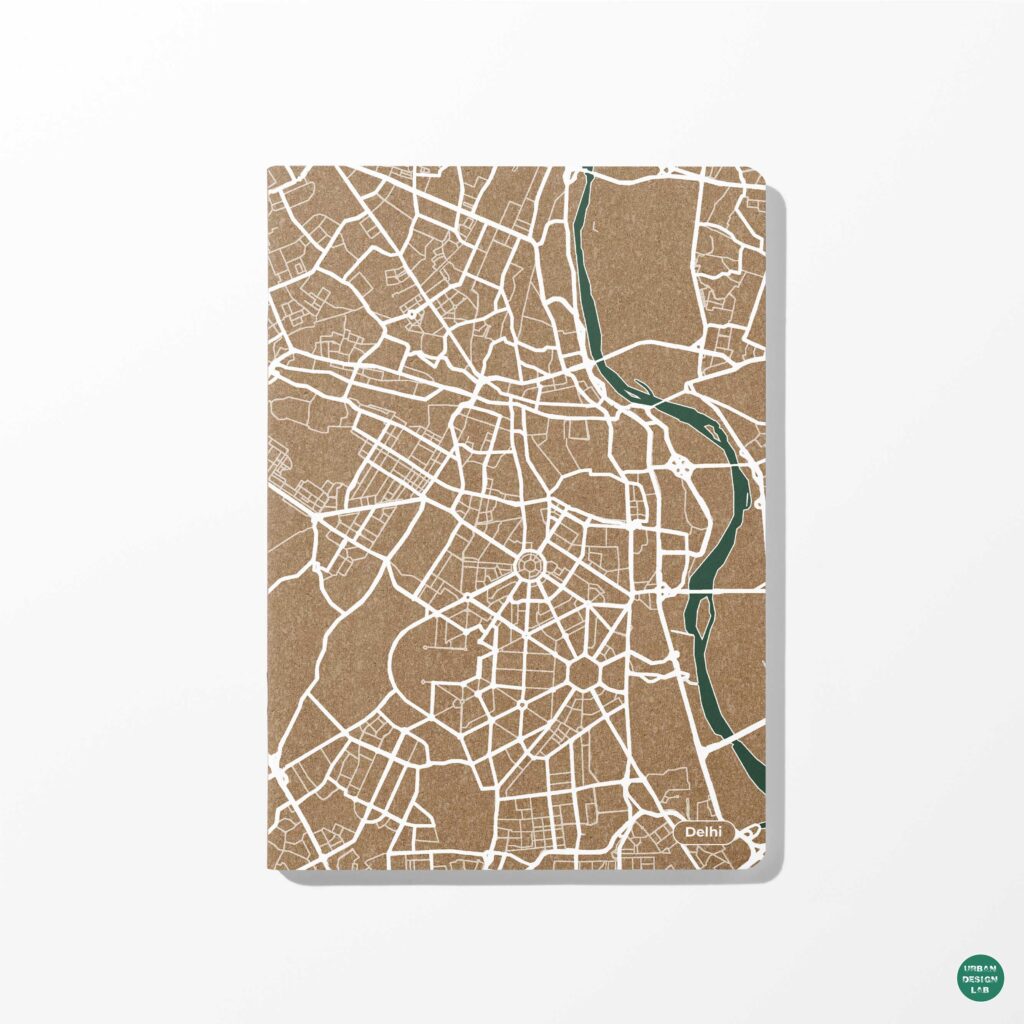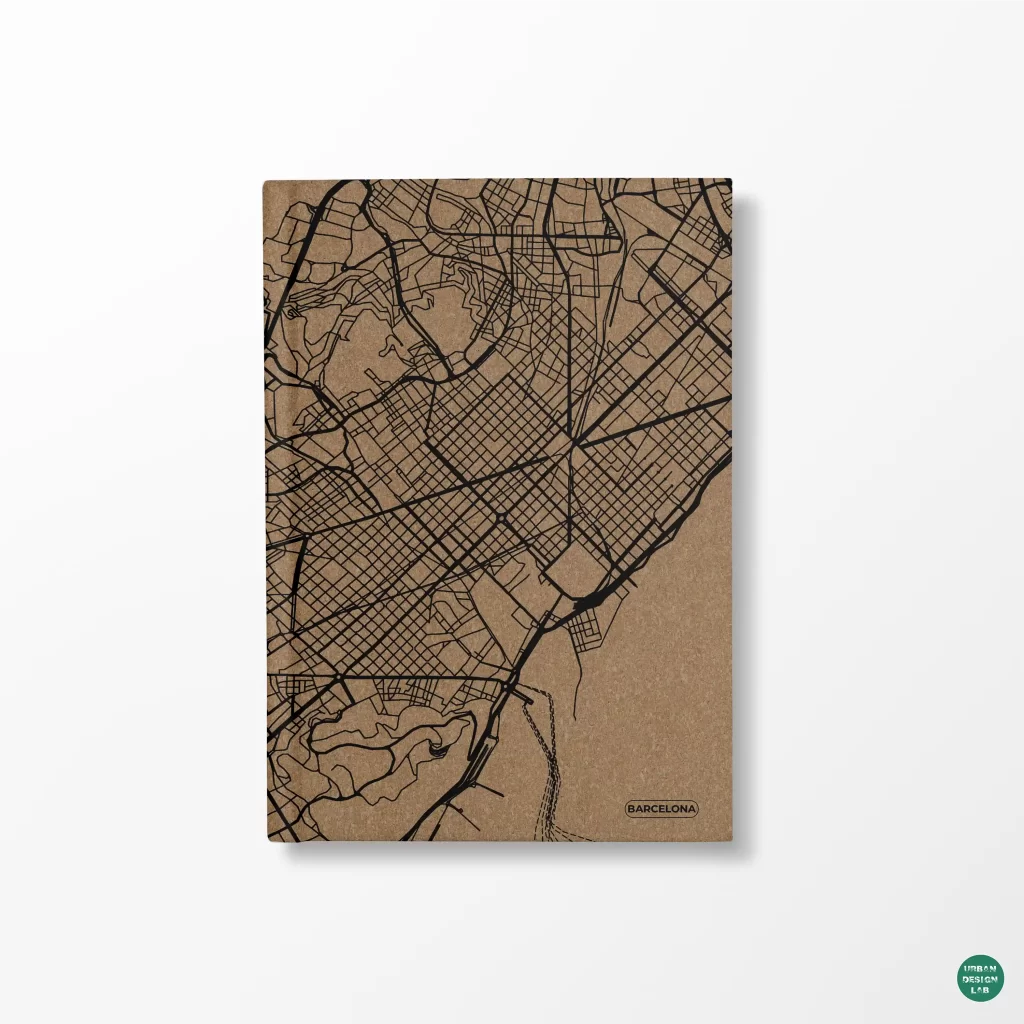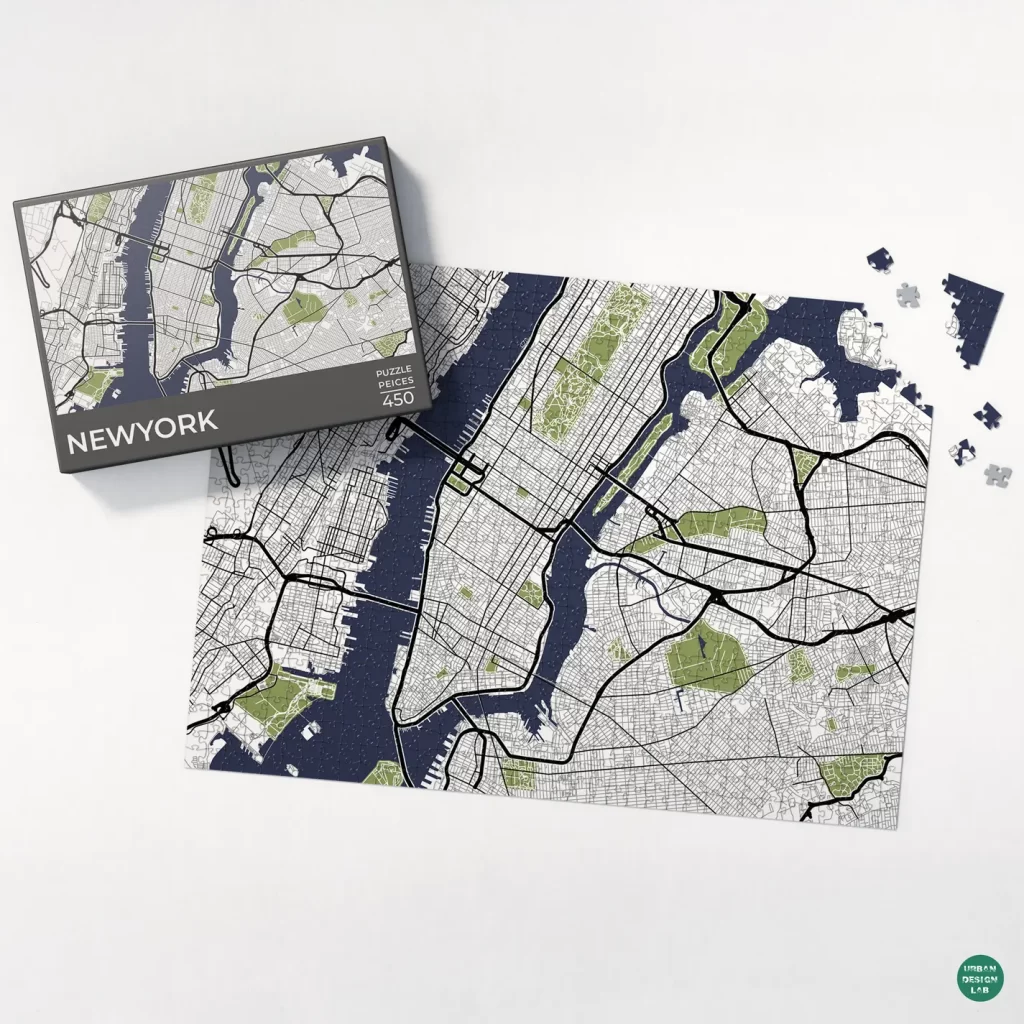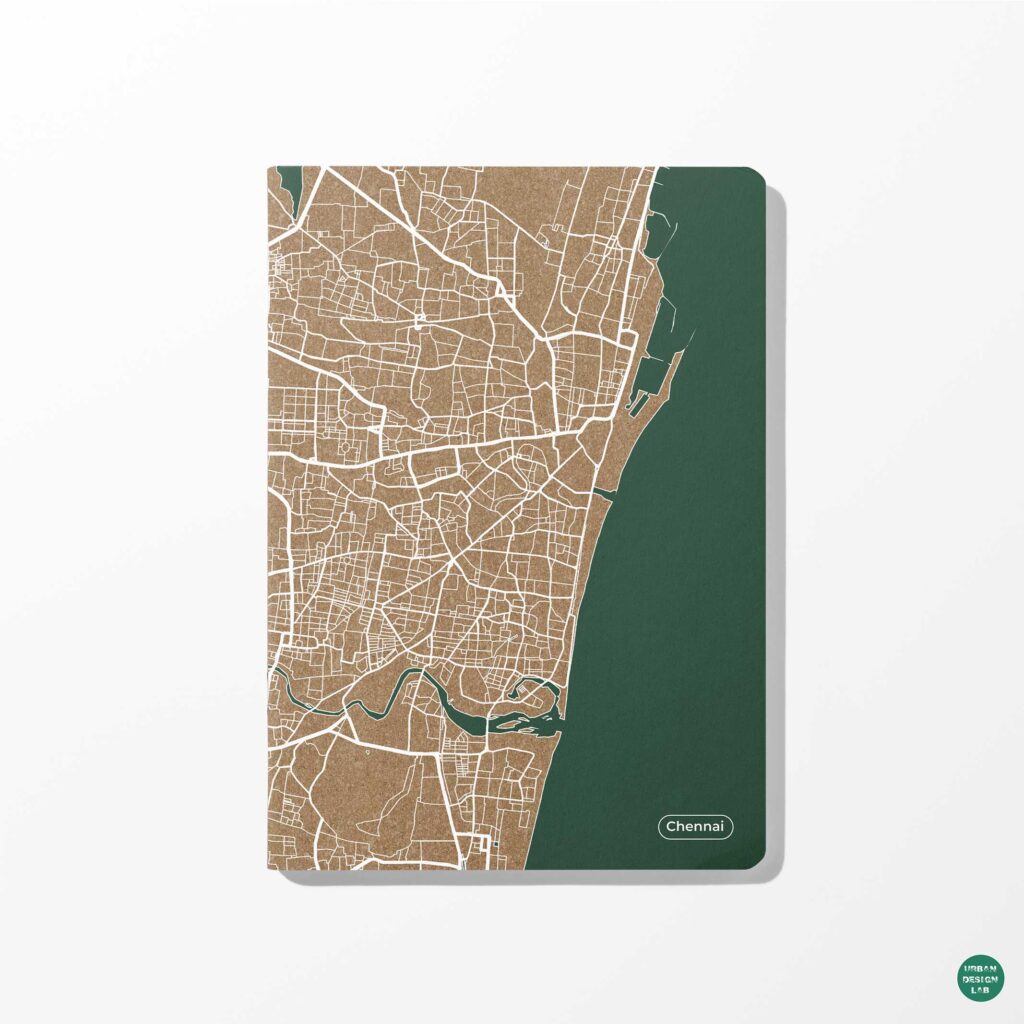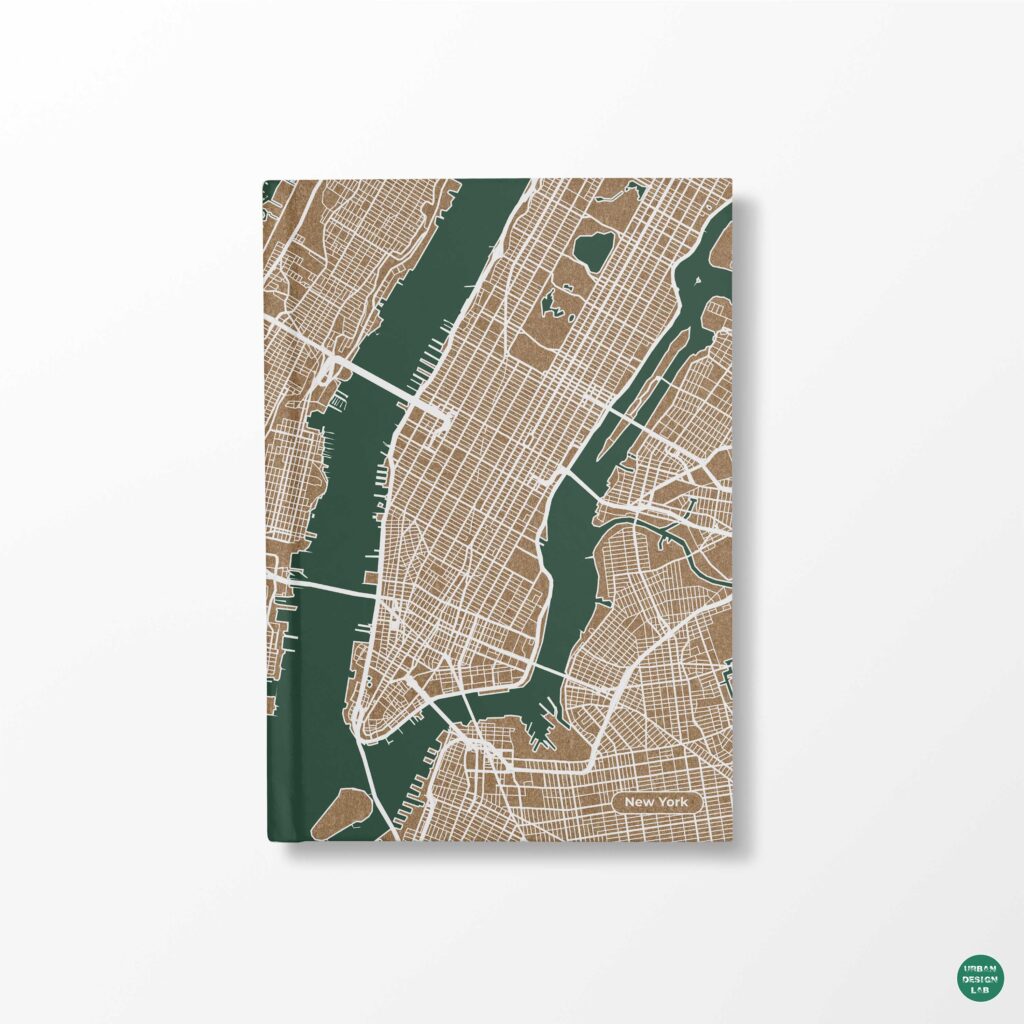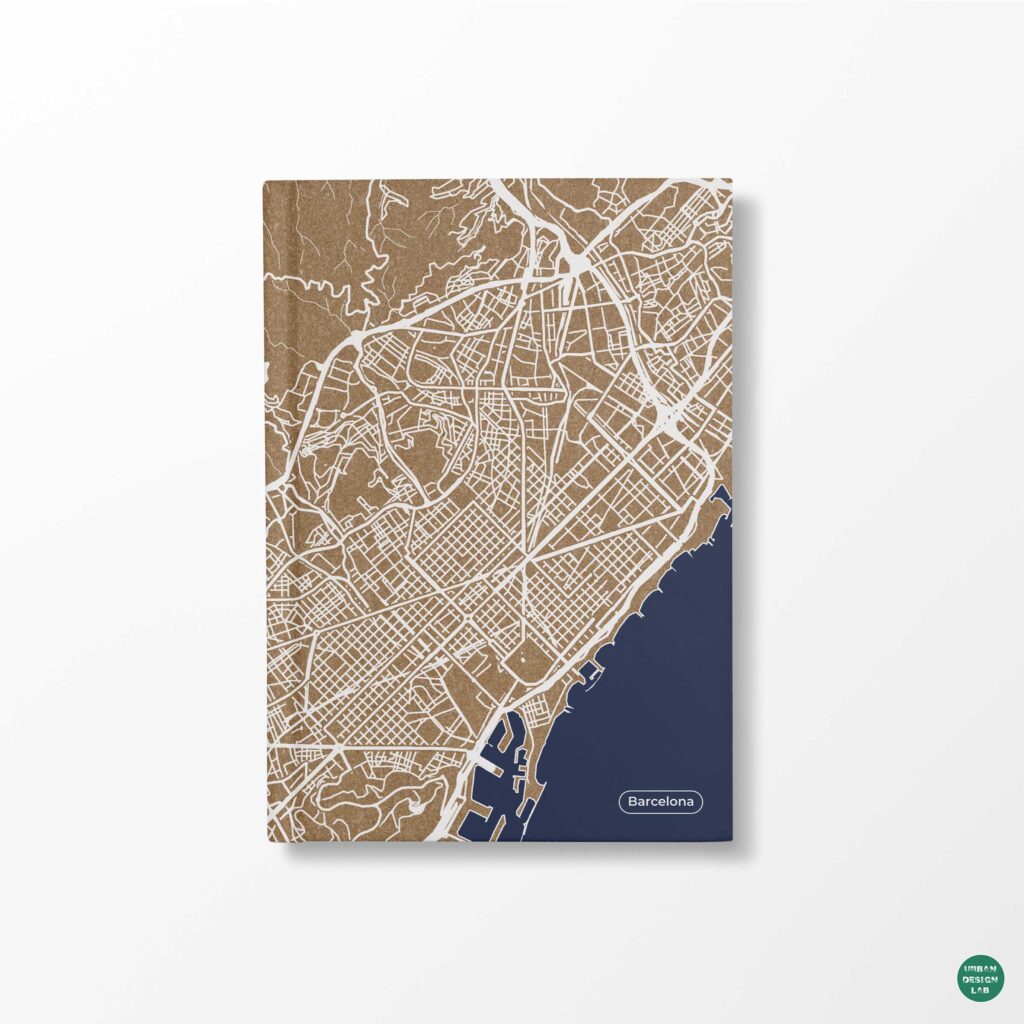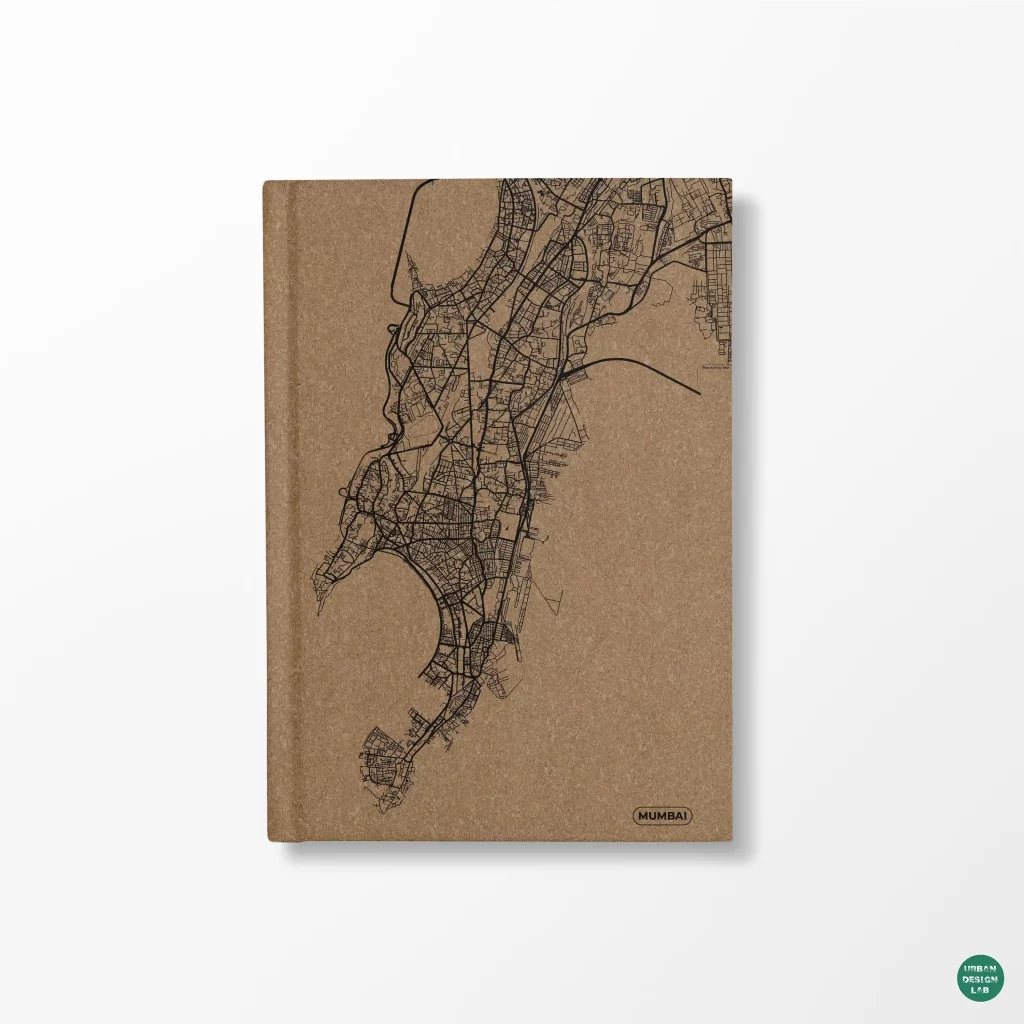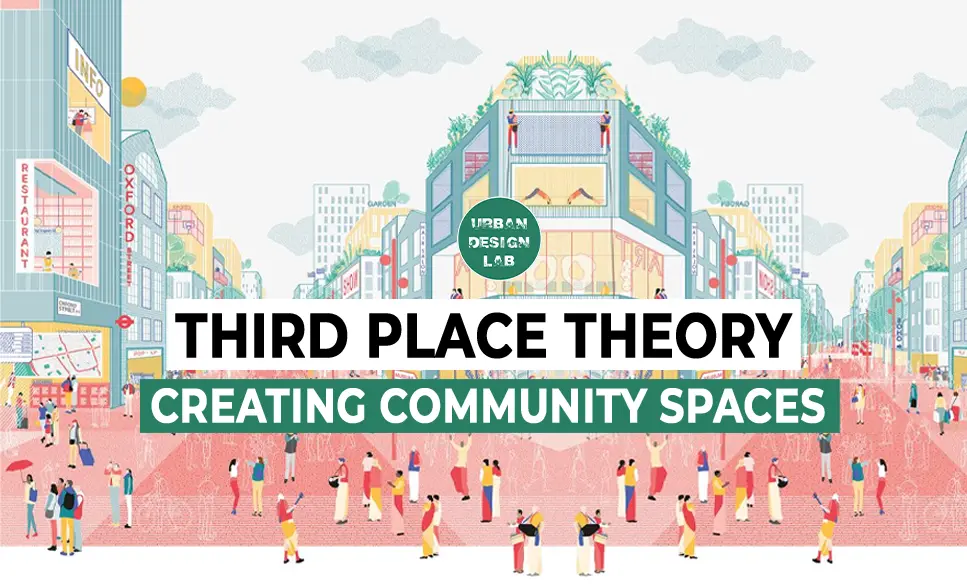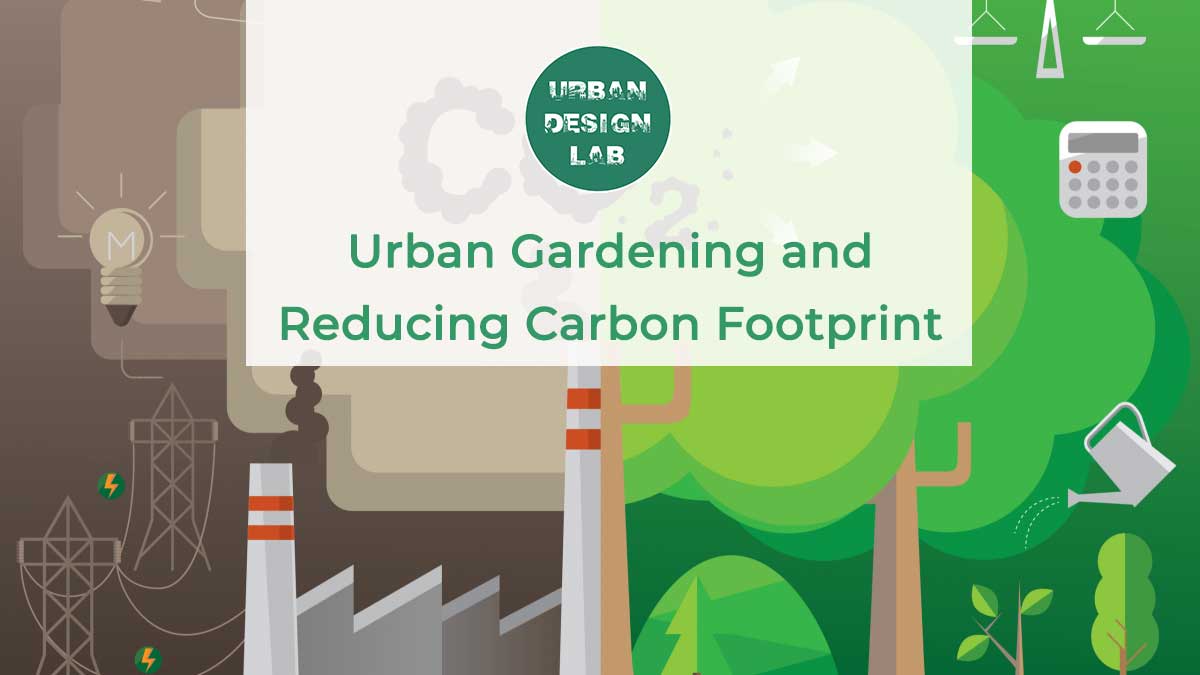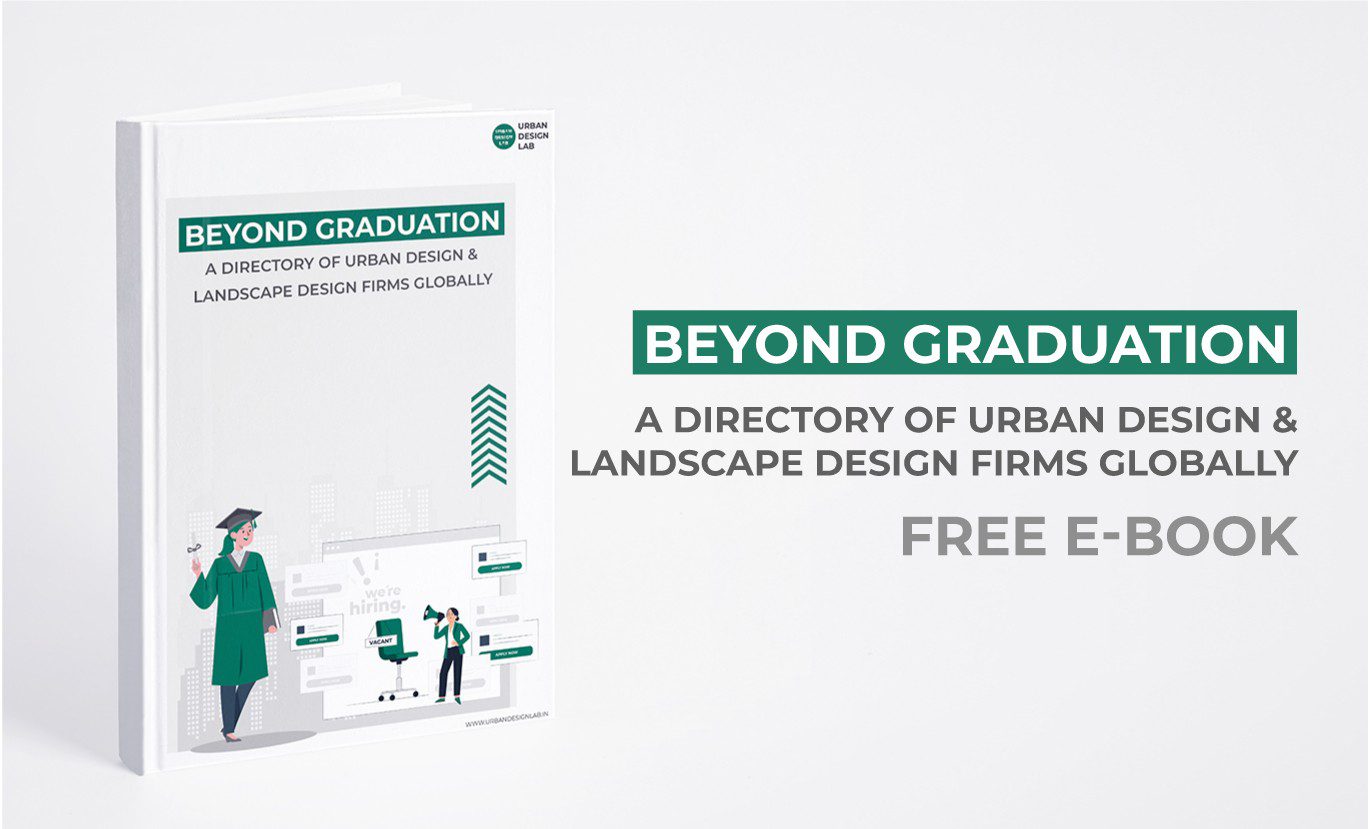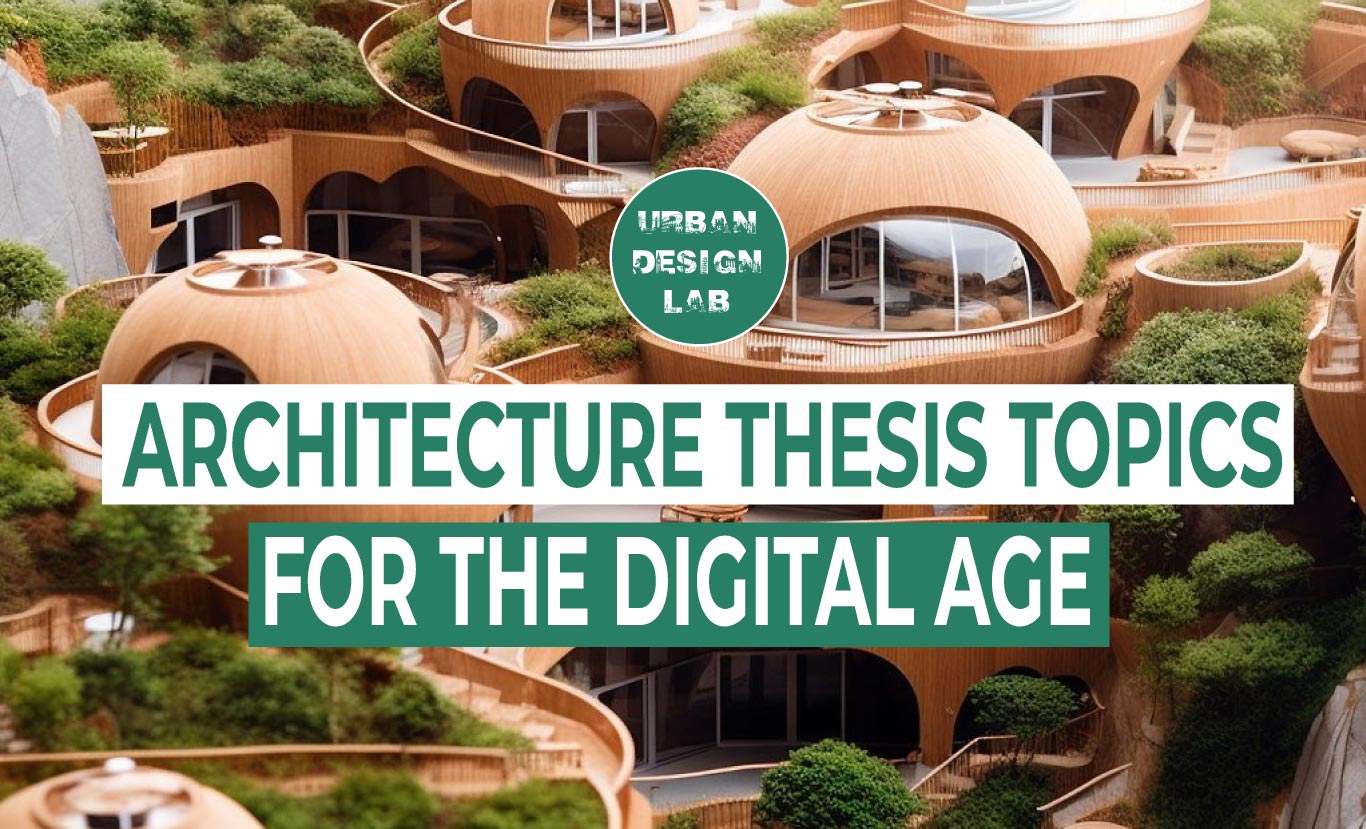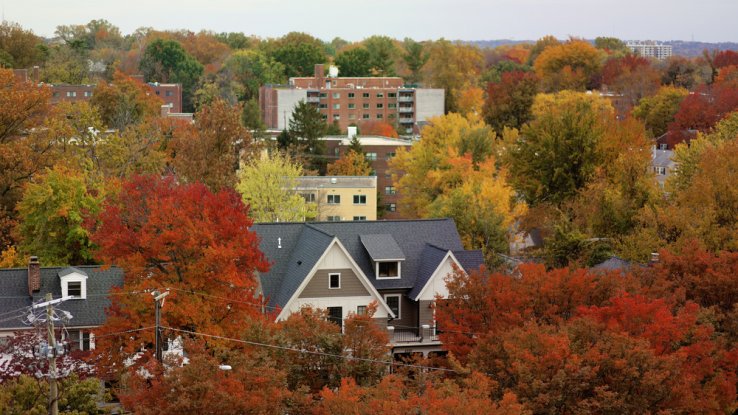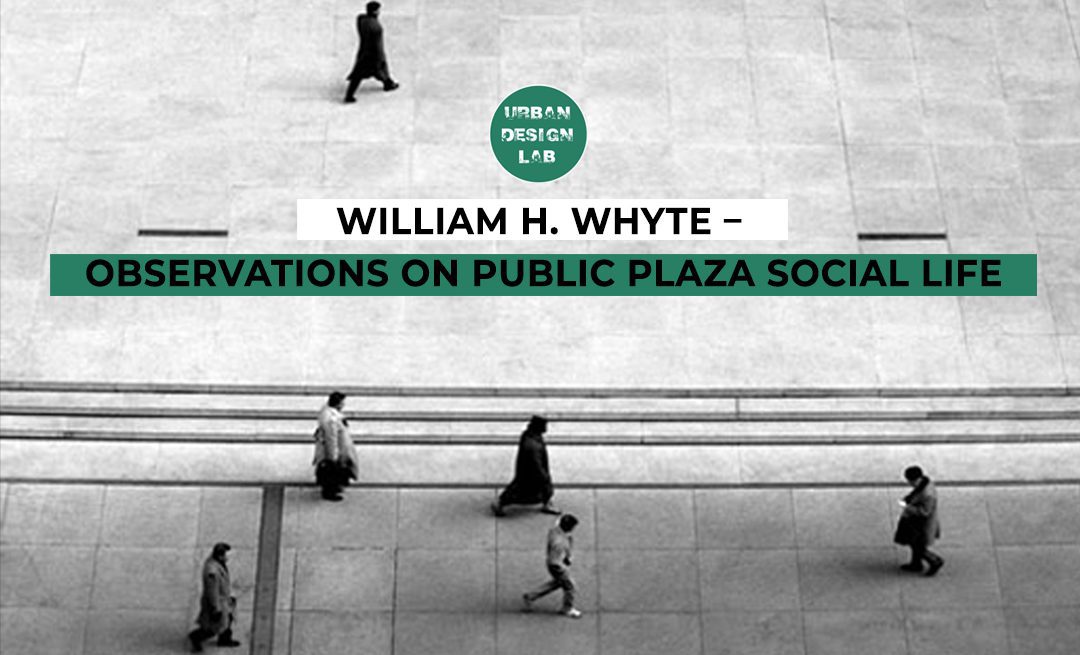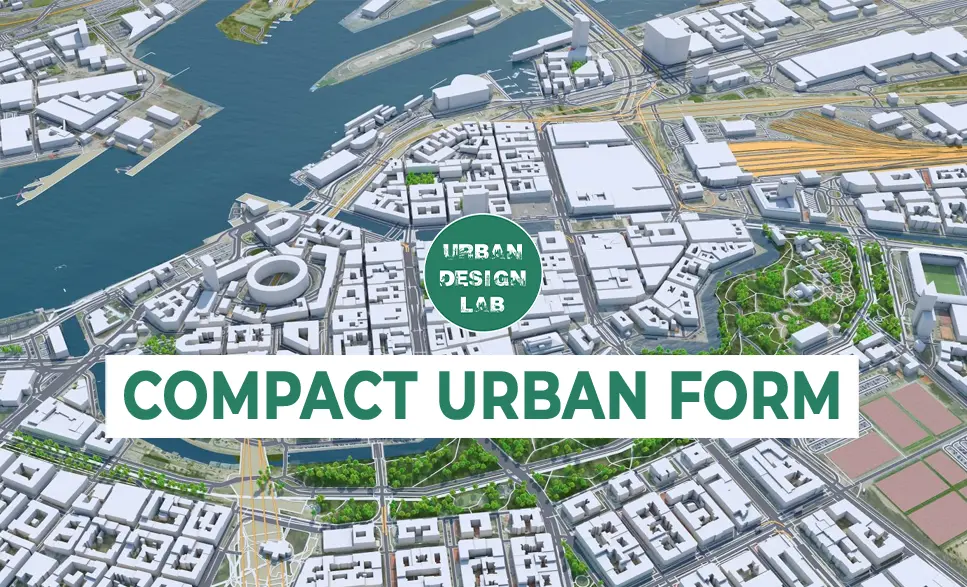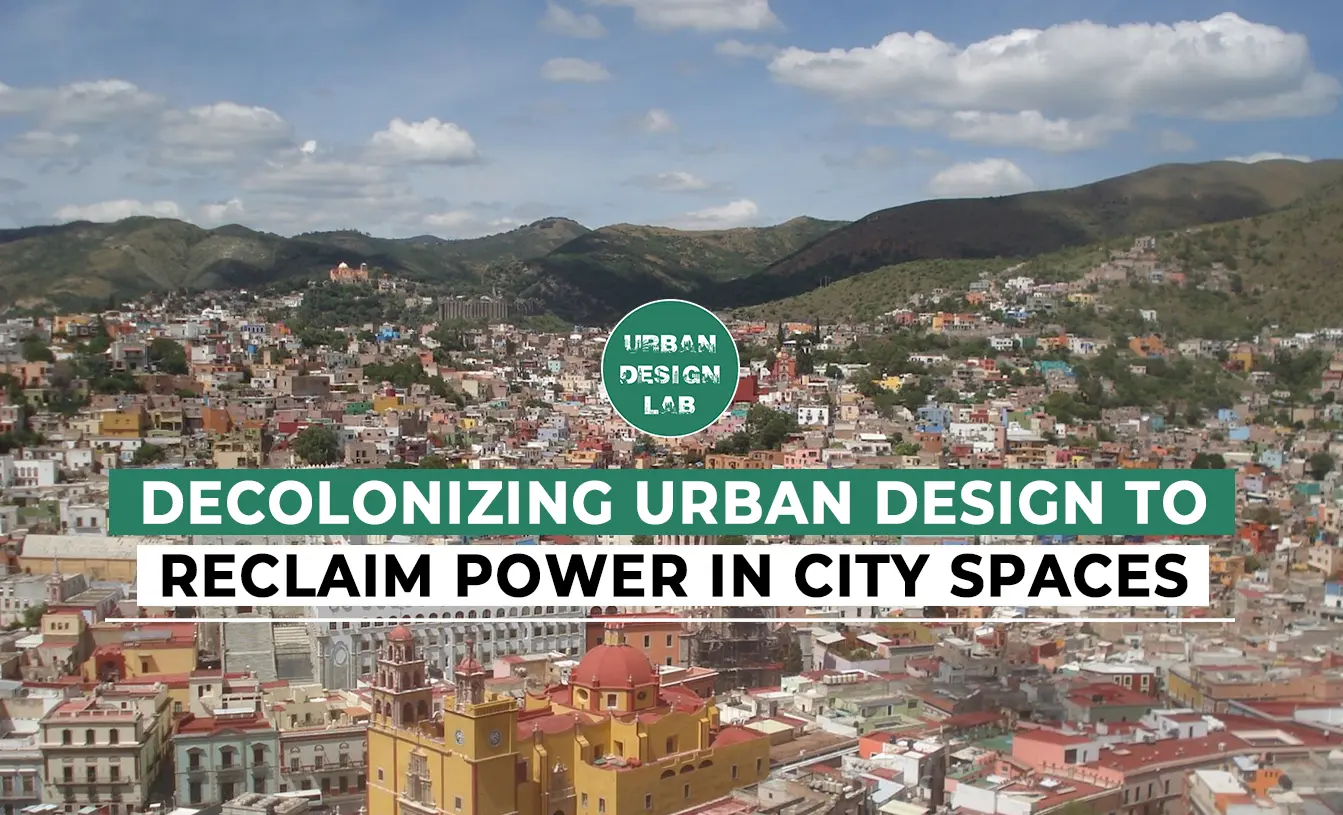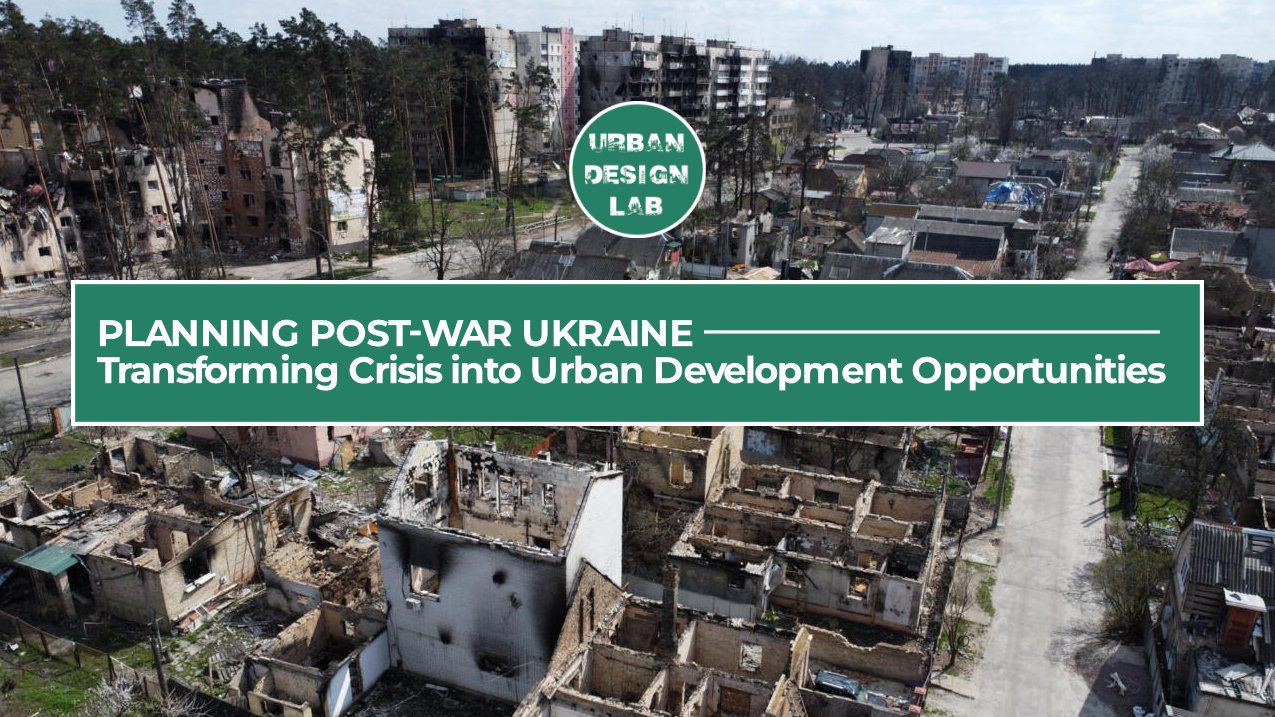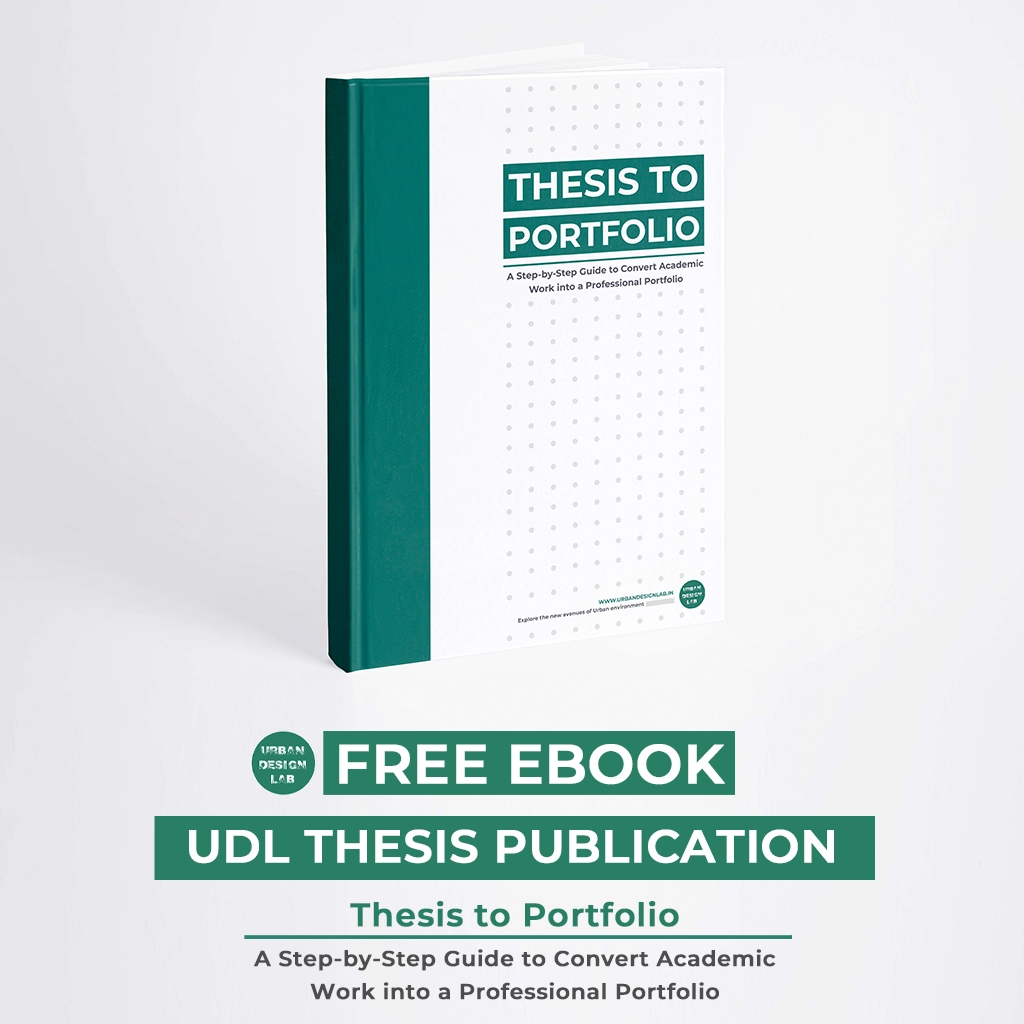
Top 10 global case studies in Urban Conservation Projects

Urban conservation is a multidisciplinary field focused on preserving, restoring, and managing historic and cultural heritage within urban environments. It aims to maintain the character and identity of cities while accommodating modern needs and promoting sustainable development. This practice involves a wide range of activities, including protecting historic buildings, revitalizing neighborhoods, and integrating heritage conservation into urban planning and development strategies.
The methodology of urban conservation projects begins with selecting sites based on historical and cultural significance, architectural integrity, community value, economic viability, and environmental impact. The process involves historical research through archives and documents, architectural analysis to document the current state and techniques, community engagement through surveys and public meetings, economic assessment via financial analyses and feasibility studies, and environmental studies with impact assessments and sustainable practices. Planning and implementation include developing a comprehensive conservation plan, ensuring regulatory compliance, executing restoration and adaptive reuse, establishing ongoing maintenance programs, and evaluating success through feedback and impact assessments. This structured approach ensures that urban conservation projects effectively preserve cultural heritage while meeting modern needs.
1. Berlin's Museum Island, Germany
- Context and background: Berlin’s Museum Island, a UNESCO World Heritage Site, features five museums showcasing ancient to 19th-century art. Developed in the 19th century and restored post-World War II, it symbolizes Berlin’s commitment to preserving and celebrating cultural heritage.
- Key challenges for Berlin’s Museum Island: include securing funding for extensive restorations, balancing modern interventions with historic preservation, navigating regulatory frameworks, engaging the community, addressing structural issues, ensuring environmental sustainability, managing tourism, and adapting to climate change.
- Design approach and solution: integrates modern and historic elements, focusing on meticulous restoration of war-damaged buildings and adaptive reuse. Solutions include adding contemporary structures like the James Simon Gallery, implementing sustainability measures, enhancing accessibility, and creating cohesive public spaces, all while preserving the site’s cultural heritage.
- Outcomes and impact: The restoration of Berlin’s Museum Island has revitalized a UNESCO World Heritage Site, enhancing cultural access and tourism. Modern additions and sustainability measures have improved functionality and visitor experience, while preserving historic integrity%2
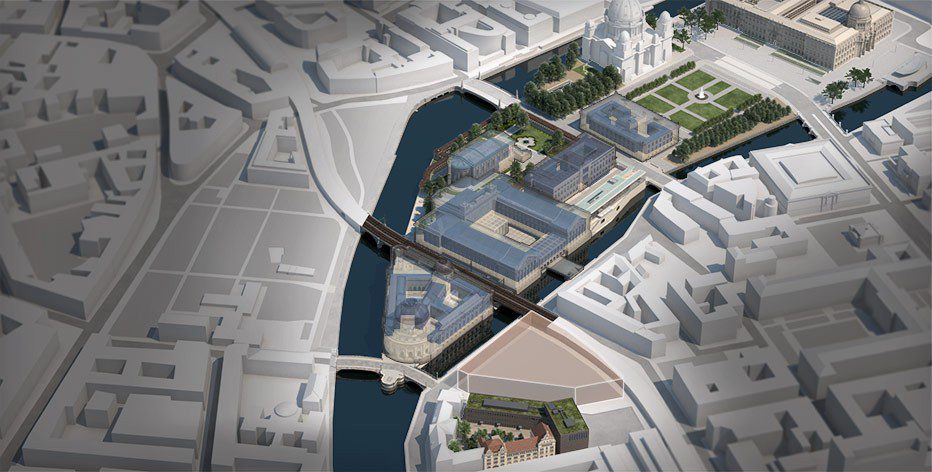
2. Covent Garden in London, UK
- Context and Background: Covent Garden, once an industrial market area, is now a vibrant commercial and cultural district in London. The area’s transformation began in the 1980s to revitalize the historic market buildings and public spaces.
- Key Challenges: Challenges included preserving the historical architecture amidst modern commercial demands, managing high visitor traffic, and integrating new commercial developments while maintaining the site’s historical character. Ensuring accessibility and balancing economic growth with heritage preservation were also significant concerns.
- Design Approach and Solutions: The design approach focused on the adaptive reuse of historic market buildings, retaining their architectural integrity. Solutions included restoring the market’s historical features, enhancing public spaces, and introducing new commercial and cultural facilities in harmony with the existing architecture.
- Outcomes and Impact: The project successfully revitalized Covent Garden, turning it into a major commercial and cultural hub. The preservation of historic elements enhanced the area’s charm and appeal, boosting tourism and local business. The project has reinforced Covent Garden’s identity as a vibrant, historical destination in London.
- Key Planning Insights and Lessons Learned:
- The importance of balancing heritage preservation with commercial development
- The value of community engagement in the planning process.
- The need for careful restoration practices.
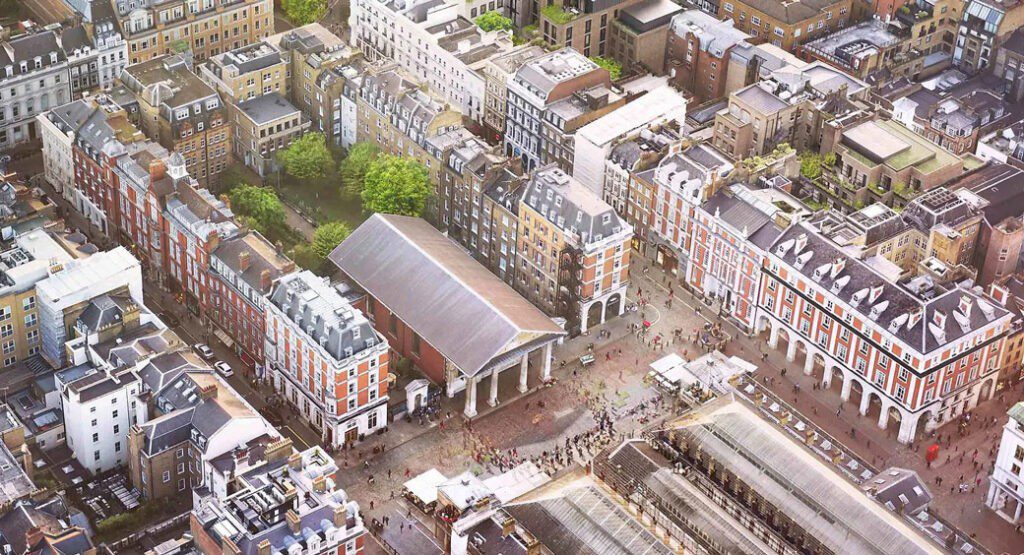
Source: Website Link
3. Historic Centre of Porto, Portugal
- Context and Background: The Historic Centre of Porto, a UNESCO World Heritage Site, features medieval streets, Baroque churches, and the Ribeira waterfront. It has been a vital commercial hub since Roman times, reflecting the city’s rich history.
- Key Challenges: Porto faced deteriorating buildings, economic decline, and depopulation. Modernizing infrastructure while preserving historical authenticity and managing tourism pressures were key challenges.
- Design Approach and Solutions: The strategy focused on restoring historic buildings, enhancing public spaces, and improving infrastructure. Adaptive reuse converted old structures into modern facilities like hotels and cultural venues, maintaining historical integrity.
- Outcomes and Impact: The revitalization has rejuvenated Porto’s historic center, attracting tourists, boosting the local economy, and improving residents’ quality of life. Restored landmarks and better infrastructure have made the area more vibrant and accessible.
- Key Planning Insights and Lessons Learned:
- Importance of multi-stakeholder collaboration
- Sustainable tourism management
- Balancing modernization with heritage preservation
- Need for continuous maintenance and adaptive reuse

4. Georgetown, Penang, Malaysia
- Context and Background: Georgetown, Penang, a UNESCO World Heritage Site, showcases a rich blend of British colonial, Chinese, Indian, and Malay influences. Established in 1786, its cultural diversity is reflected in its historic buildings and vibrant street life.
- Key Challenges: Challenges included deteriorating buildings, unregulated development, and community displacement. Modernizing infrastructure while preserving heritage and managing tourism pressures added complexity. Balancing economic growth with cultural preservation was crucial.
- Design Approach and Solutions: The conservation strategy focused on restoring heritage buildings, adaptive reuse, and enhancing public spaces. Efforts included enforcing heritage laws, providing incentives for maintaining historic structures and promoting sustainable tourism. Infrastructure improvements were made with historical sensitivity, and traditional trades were encouraged to retain cultural authenticity.
- Outcomes and Impact: Georgetown’s revitalization has made it a vibrant cultural and tourist hub, attracting investment and boosting the local economy. Restored buildings and improved public spaces have preserved its historical charm while enhancing residents’ quality of life.
- Key Planning Insights and Lessons Learned:
- The importance of community involvement, strong heritage laws, and adaptive reuse.
- Sustainable tourism management
- Balancing development with cultural preservation to maintain Georgetown’s unique identity.
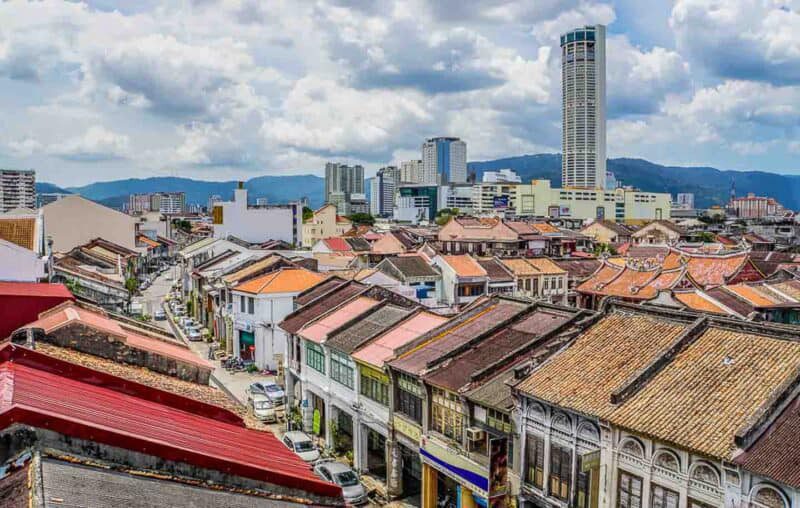
5. Hampi, Karnataka, India
- Context and Background: Hampi, a UNESCO World Heritage Site, features the ruins of the Vijayanagara Empire with Dravidian architecture and monuments from the 14th to 16th centuries. It is known for its temples, palaces, and ancient market streets.
- Key Challenges: Challenges included deteriorating structures, unregulated tourism, and environmental degradation. Balancing preservation with visitor and community needs, while integrating modern infrastructure, was complex.
- Design Approach and Solutions: The strategy focused on restoring monuments, adaptive reuse, and infrastructure improvements. It involved enforcing heritage laws, offering preservation incentives, and developing sustainable tourism practices. Local crafts and traditions were promoted to retain cultural authenticity.
- Outcomes and Impact: Hampi’s conservation has revitalized the area, attracting tourists and investments, boosting the local economy, and improving community life. Restored monuments and enhanced infrastructure have preserved its historical and cultural integrity.
- Key Planning Insights and Lessons Learned:
- Community involvement and strong heritage protection
- Sustainable tourism management
- Balancing development with cultural preservation
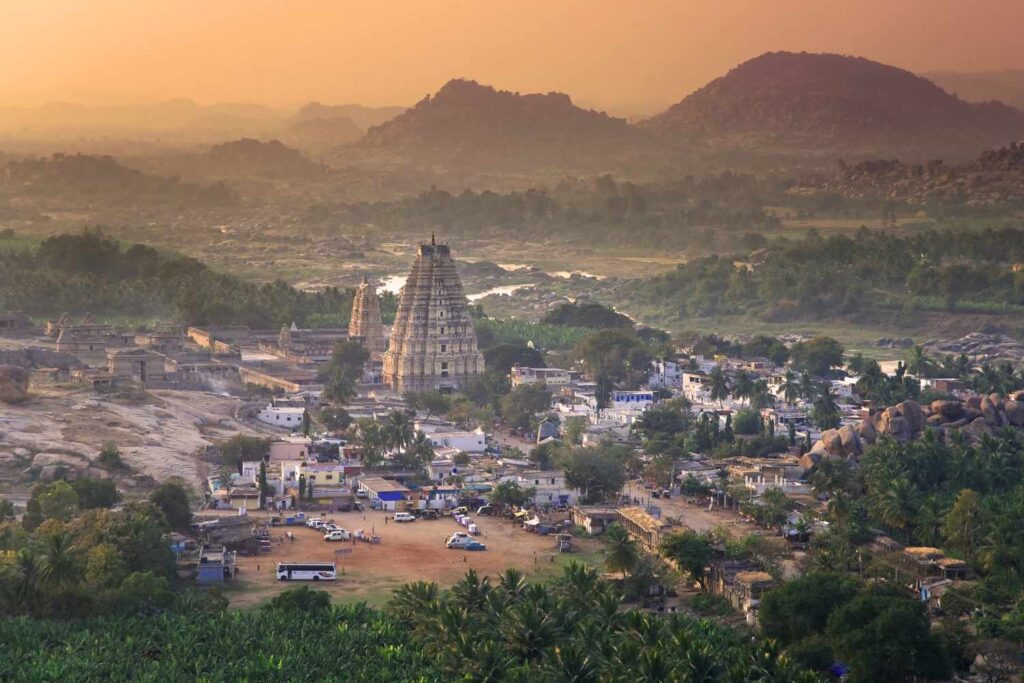
6. Granary Square in King's Cross, London, UK
- Context and Background: Granary Square, part of King’s Cross redevelopment, converts a historic grain storage site into a vibrant urban space. Originally a 19th-century industrial area, it now features restored warehouses and modern public spaces.
- Key Challenges: Challenges included restoring deteriorating industrial structures, integrating modern infrastructure, and managing high visitor traffic. Balancing commercial development with historical preservation and ensuring accessibility were key issues.
- Design Approach and Solutions: The strategy involved restoring historic warehouses, adaptive reuse, and creating dynamic public spaces. Efforts included enforcing heritage laws, incentivizing preservation, and integrating sustainable design. Infrastructure improvements respected historical context while incorporating modern amenities.
- Outcomes and Impact: Granary Square has become a lively cultural and commercial hub, attracting tourists, businesses, and residents. The revitalization has boosted the local economy and enhanced livability, blending restored heritage buildings with contemporary design.
- Key Planning Insights and Lessons Learned:
- Importance of public-private partnerships
- Necessity of long-term maintenance
- Benefits of multifunctional spaces for diverse community needs

7. Al-Darb Al-Ahmar, Cairo, Egypt
- Context and Background: Al-Darb Al-Ahmar, at the heart of Historic Cairo, is rich in Islamic architecture, featuring centuries-old mosques, madrasas, and traditional houses. Adjacent to Al-Azhar Park, the area reflects Cairo’s medieval history, blending vibrant community life with significant heritage.
- Key Challenges: The district struggled with deteriorating buildings, overcrowding, and poor infrastructure. Urbanization threatened its historical integrity, while economic hardships made restoration difficult for residents. Balancing heritage preservation with modern urban needs was essential.
- Design Approach and Solutions: The conservation strategy for Al-Darb Al-Ahmar focused on restoring historic structures, promoting adaptive reuse, and upgrading infrastructure. Efforts included providing financial and technical support to residents for building restoration, enhancing public spaces, and improving basic services like water and sanitation.
- Outcomes and Impact: The conservation of Al-Darb Al-Ahmar has revitalized the neighborhood, preserving its historical character while improving the quality of life for residents. Restored buildings and improved infrastructure have attracted visitors and investments, boosting the local economy.
- Key Planning Insights and Lessons Learned:
- The importance of community involvement in the conservation process.
- The value of integrating economic development with heritage preservation.
- The benefits of adaptive reuse.
- The project highlights the need for strong partnerships between public, private, and non-profit sectors

8. Kathmandu Valley, Nepal
- Context and Background: Kathmandu Valley, a UNESCO World Heritage Site, is known for its Hindu and Buddhist architecture, featuring historic cities like Kathmandu, Patan, and Bhaktapur with ancient temples, palaces, and traditional homes.
- Key Challenges: The valley faced deteriorating structures, rapid urbanization, and extensive damage from the 2015 earthquake. Balancing modern infrastructure with preserving cultural and religious landmarks was critical.
- Design Approach and Solutions: The strategy involved restoring damaged monuments, promoting adaptive reuse, and upgrading infrastructure using traditional materials and techniques. Public spaces were enhanced, local communities were engaged, and international collaboration and sustainable tourism practices were emphasized.
- Outcomes and Impact: Conservation efforts revitalized Kathmandu Valley, preserving cultural heritage and improving infrastructure. The project boosted the local economy through tourism, enhanced residents’ quality of life, and restored the valley’s historic character.
- Key Planning Insights and Lessons Learned:
- Importance of local engagement
- Use of traditional methods for authenticity
- Disaster preparedness
- Value of international collaboration

9. Historic Centre of Salvador de Bahia, Brazil
- Context and Background: Salvador de Bahia, Brazil’s first capital and a UNESCO World Heritage Site, is known for its Afro-Brazilian culture, colonial architecture, and colorful façades, blending Portuguese and African heritage.
- Key Challenges: The district faced deteriorating buildings and social challenges related to poverty. Urbanization and neglect threatened its cultural and architectural heritage, making preservation and improved living conditions essential.
- Design Approach and Solutions: The strategy focused on restoring historic buildings, promoting adaptive reuse, and upgrading infrastructure. Efforts included enforcing heritage laws, revitalizing public spaces, and celebrating Afro-Brazilian cultural identity.
- Outcomes and Impact: Salvador’s Historic Centre is now a vibrant cultural and tourist hub, attracting investment and improving residents’ lives while preserving its historical character.
- Key Planning Insights and Lessons Learned:
- Integration of cultural tourism and strong heritage protection.
- Continuous maintenance and adaptive reuse.
- Balancing cultural preservation with economic development.
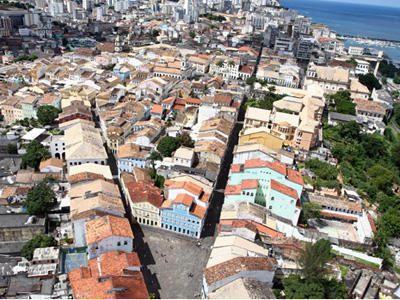
10. Gas Works Park, Seattle, USA
- Context and Background: Gas Works Park, designed by Richard Haag and opened in 1975, repurposes a former coal gasification plant into a public green space, preserving industrial remnants and showcasing innovative design and environmental reclamation.
- Key Challenges: Challenges included remediating contaminated soil and water, balancing industrial preservation with creating a safe public space, and addressing environmental regulations and community safety concerns.
- Design Approach and Solutions: The design preserved key industrial structures while transforming the site into a park. Remediation involved soil cleaning and capping, with the park’s layout blending industrial elements with the natural landscape and emphasizing sustainability.
- Outcomes and Impact: Gas Works Park has become a popular space, integrating industrial history with modern recreational needs, preserving Seattle’s industrial heritage, and setting a benchmark for urban reclamation and adaptive reuse.
- Key Planning Insights and Lessons Learned:
- Importance of environmental remediation
- Integrating industrial history into public spaces
- Community engagement
- Potential of adaptive reuse for industrial sites
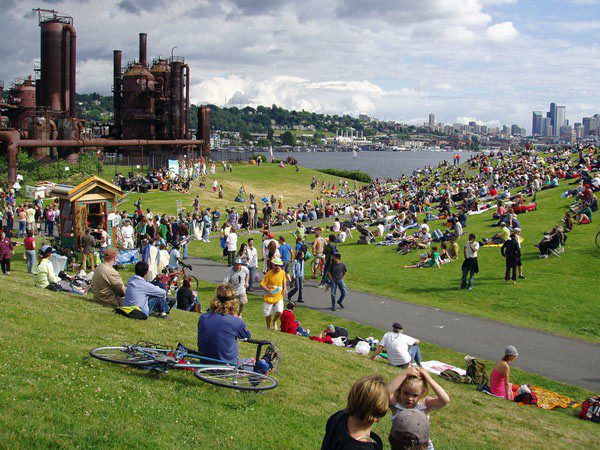
Conclusion
Urban conservation projects play a crucial role in preserving the cultural and historical fabric of cities while accommodating modern needs. These projects demonstrate how adaptive reuse, community engagement, and sustainable practices can revitalize historic areas and transform them into vibrant, functional spaces. Each project faces unique challenges—whether it’s environmental remediation, balancing heritage preservation with urbanization, or addressing social and economic issues. However, the successful outcomes highlight the potential of thoughtful planning and design in creating spaces that honor the past while serving the present.
References
- https://www.uclg-cisdp.org
- https://www.akdn.org/our-agencies/aga-khan-trust-culture/historic-cities/al-darb-al-ahmar-revitalisation-project
- https://whc.unesco.org/en/list/121
- Mazzanti, M. (2002). Cultural Heritage as Multi-dimensional, Multi-value, and Multi-attribute Economic Good: Toward a New Framework for Economic Analysis and Valuation. The Journal of Socio-Economics, 31(5), 529-558.
- https://www.icomos.org/en
- https://www.getty.edu/conservation/publications_resources/pdf_publications/values_heritage.html
- https://www.iccrom.org/publication/management-guidelines-world-cultural-heritage-sites
- https://www.icomos.org/charters/valletta-principles.pdf
- https://openknowledge.worldbank.org/handle/10986/26285
- Rypkema, D. D. (2005). The Economics of Historic Preservation: A Community Leader’s Guide. National Trust for Historic Preservation.

Sohila Ehab Gad
A second-year architecture student, they demonstrate a strong dedication to integrating urban design principles with the preservation of cultural and historical heritage. Their academic and design interests are rooted in a deep respect for the legacy of the built environment, aiming to create spaces that not only honor and reflect the past but also contribute to shaping a more innovative and contextually sensitive urban future. They are committed to balancing tradition and modernity, ensuring that architectural interventions remain meaningful, sustainable, and culturally resonant.
Related articles
UDL Illustrator
Masterclass
Visualising Urban and Architecture Diagrams
Session Dates
17th-18th January 2026

Urban Design Lab
Be the part of our Network
Stay updated on workshops, design tools, and calls for collaboration
Curating the best graduate thesis project globally!

Free E-Book
From thesis to Portfolio
A Guide to Convert Academic Work into a Professional Portfolio”
Recent Posts
- Article Posted:
- Article Posted:
- Article Posted:
- Article Posted:
- Article Posted:
- Article Posted:
- Article Posted:
- Article Posted:
- Article Posted:
- Article Posted:
- Article Posted:
- Article Posted:
- Article Posted:
- Article Posted:
Sign up for our Newsletter
“Let’s explore the new avenues of Urban environment together “
